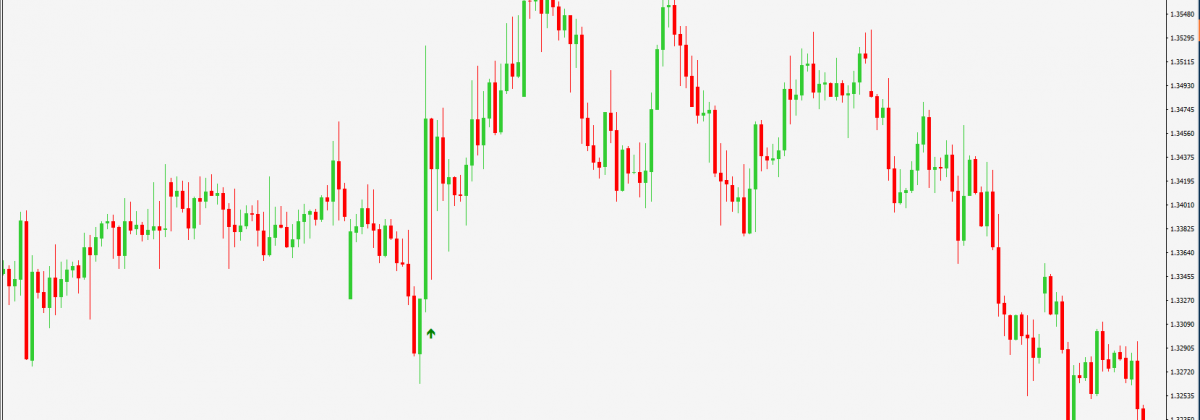Day Trading Series: Reversal Breakout Pattern

Day traders need to study their charts carefully to identify indicators and patterns that can aid them in making successful trading decisions. Identifying a trend, its reversal or breakout is very important for a trader to get a jump start in entering and exiting trades. Traders can choose to study patterns over a specific timeframe, which can range from one hour to eight hours, and find out the averages during that time and the overall trend of the market. Reversals and Breakouts are important indicators that help traders to make informed decisions.
Understanding Reversals and Breakouts
While a reversal trend indicates when a currency pair is going to make a sudden move in the opposite direction, a breakout refers to a price that moves outside a defined support or resistance level, with increased volume. To identify a reversal trend, traders first need to identify a strong preceding trend. Traders would certainly want to enter a trade when the trend hits the reversal and exit before it makes another one. This is possible when one uses multiple timeframe charting to identify a reversal trend.
A breakout trader will enter a long position after the stock or currency price breaks above the resistance level, or enters a short position after the stock or currency price breaks below the support level. Once the traded currency pair or stock moves beyond the price barrier, volatility increases and prices usually trend in the direction of the breakout.
Breakouts as Trading Strategy
Breakouts are an important trading strategy because they are the starting point for future volatility increases and larger price swings. Traders can see while analysing charts that the period just before a breakout occurs is characterised by tight peaks and valleys, depicting a volatile market. So, the right prediction about a breakout can help with successful trades.
Breakouts are very important because they indicate a change in the supply and demand of the currency pair being traded. This change in sentiment can be exploited to make profitable trades, but one needs to distinguish between continuation breakouts and reversal breakouts.
Consolidation occur when there is an extensive move in one direction, followed by a breather as buyers and sellers pause before taking further decisions. This results in a range bound movement, called the consolidation phase. If the trader decides that the initial trend was right and thus continues to push the price in the same direction, we get a continuation breakout. So, it is basically a continuation of the initial trend, with a small pause in between.
However, if buyers and sellers realise during the pause phase that the earlier trend has been exhausted and they need to move in the opposite direction, what we get is a reversal breakout. This is where traders can decide to take positions.
Beware of False Breakouts
Traders, however, need to know when a breakout is real and when it is false, to avoid taking the wrong decision. These breakouts occur when the price breaks past a certain level, whether support or resistance, but does not continue to move in that direction. False breakouts occur when the price breaks past a certain level (support, resistance, triangle, trend line, etc.) but doesn’t continue to accelerate in that direction. So, it is essential to ensure that the identified breakout is not a false one.
Since a breakout results in new price moves and trends, traders usually prefer to enter the market right when a breakout occurs, so as to take maximum advantage of the potential emerging trend. But to avoid false breakouts, traders should wait until the price retraces back to the original breakout level and then check if it bounces back to create a new high or low, depending on the trader’s trade direction.
So, rather than being impatient and trading on the appearance of the first breakout, it is better to wait and see if the price continues to move in one’s intended direction. This will enhance the chances of making profitable trades, although it could also result in missing out on some trades. The timing and decision to trade reversal breakouts will be determined by an individual’s risk appetite.
Disclaimer
If you liked this educational article please consult our Risk Disclosure Notice before starting to trade. Trading leveraged products involves a high level of risk. You may lose more than your invested capital.




